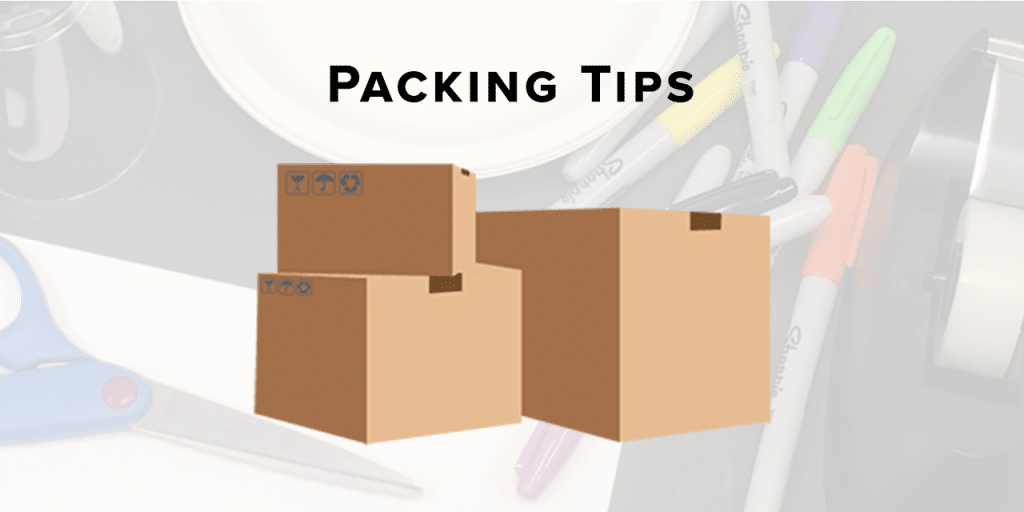Packing Tips
How to Pack Efficiently
One important decision facing anyone preparing to move is whether to do all or part of the packing personally or turn it over to the professionals. For the family looking for ways to lower moving costs, substantial savings can be realized when the packing chores are performed by family members.
The purpose of this page is to provide customers with helpful tips on packing so that belongings may be safely transported by Mr. Moverwithout incident.
The packing skills perfected by professional packers were acquired through many years of experience and know-how. We are sharing some of these techniques with you to help guide you step-by-step as you tackle this new challenge. It’s hard work, but if you give yourself plenty of time to do the job carefully, you will be amply rewarded.
Should you need further assistance, Mr. Mover will be glad to provide answers to your questions.
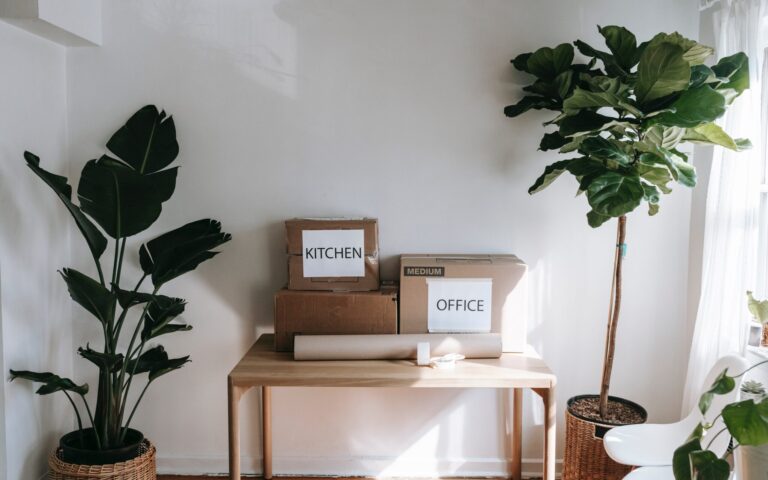
Some Things To Consider
- Start collecting boxes early. For easier storage, open both ends of the box and flatten them out. They can be resealed with tape as you use them.
- Pack on a room-by-room basis for less confusion when having to unpack.
- Pack early. Even if you only pack two boxes a day, in thirty days you will have packed sixty boxes. Start in areas where the goods are not in frequent use such as a cellar, attic, garage, closet shelves, etc.
- Hanging clothes such as suits, dresses, and coats can best be moved in movers’ wardrobe cartons. This will save you the trouble and expense of having your garments cleaned and pressed later. You should not leave clothing in garment bags because they are not designed to withstand moving stress. Clothing travels better in wardrobes with the garment bags folded and placed in the bottom of the wardrobe carton. Mr. Mover can supply these for you on moving day at no cost.
- Dresser drawers do not need to be empty; Mr. Mover can handle chests with the drawer contents intact. However, to avoid any damage, remove any fragile items and do not pack the drawers too heavy,
- Small, heavy articles such as books, records, and canned goods should go in smaller boxes. Bulkier, lighter items such as pots, pans. linens, small kitchen appliances, etc. would go in somewhat larger boxes. Very bulky light-weight articles such as blankets, pillows, or lamp shades. would go in the largest boxes.
- Weight of small cartons should not exceed approximately 40 lbs., medium cartons 50 lbs., and large cartons 60 lbs.
- Do not pack any flammables, combustibles, or explosives. The safety of the shipment is of primary concern. Movers are not allowed to transport paint thinner. gasoline, or anything else of a flammable or explosive nature.
Materials Needed
Cartons
You can purchase cartons from Mr Mover.
Another point to remember: Cartons can be handled easier if they do not exceed 50 lbs., fully packed.
Wrapping Paper
You will need plenty of wrapping paper. Many people save and use their old newspapers but keep in mind, however, that the ink never thoroughly dries and items wrapped in newspapers will most likely be soiled and will require cleaning after unpacking. Movers use unprinted newsprint so for items you prefer to keep clean, it would be best to purchase packing paper.
Sealing Tape
Heavy duty clear plastic tape, 2 inches wide is most suitable for packing. Do not use masking tape.
Markers
Felt pens are ideal for marking boxes with information such as “Contents”, “Fragile”, “This side up”, and which room it should be delivered to.
Small pictures can be wrapped and placed on edge in normal packing boxes with other goods. Extremely large pictures such as the type commonly found hanging over a sofa or mantle (usually measuring 24″ x 36″ or larger) do no need to be packed. just add them to your inventory list. Mr. Mover will wrap them in our moving pads
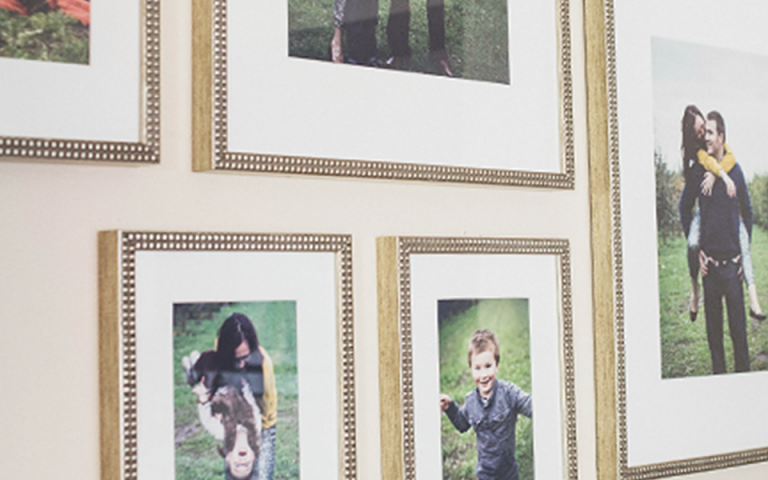
Lamps- Mr. Mover does not require your lamp to be packed. We will wrap them in our moving pads. We do require that all lamp shades, globes, and bulbs be removed and packed separately.
Shades- Where possible, lamp shades should be “nested” so that two or three can be packed in the carton. Use CLEAN packing paper (NEVER NEWSPAPERS) as protective linings between each shade. Use the wire rim of the shade to gently lower it into the box to avoid soiling shade
To more fully utilize some of the lost space in a lamp carton, place something soft such as hats, small pillows, small blankets or bath towels inside the shades. Do NOT pack wadded-up paper around the shades because this could crush them and cause damage.
Be sure and mark all sides of the carton in large bold letters: “FRAGILE” – “LAMP SHADES.”
Small pictures can be wrapped and placed on edge in normal packing boxes with other goods. Extremely large pictures such as the type commonly found hanging over a sofa or mantle (usually measuring 24″ x 36″ or larger) do no need to be packed. just add them to your inventory list. Mr. Mover will wrap them in our moving pads
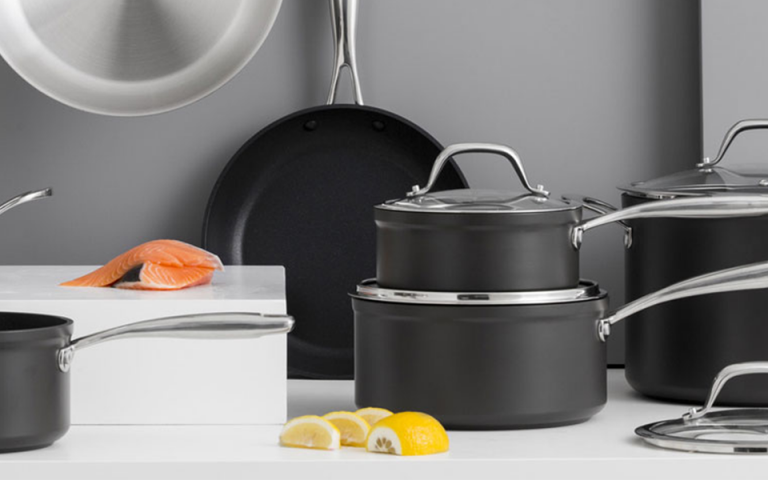
Flatware
- Place a sizable stack of packing paper on the table.
- Select a medium-sized carton and line the bottom with several layers of paper for cushioning.
- Place one plate in the center of the paper.
- Using at least two sheets, grasp one corner and pull the paper completely over the plate.
- Stack second plate on first and stretch the second corner over this plate.
- Place third plate on the stack and fold the remaining two corners over (one at a time) and fold each over the stack of plates.
- Turn your wrapped stack of plates upside down .onto your packing paper.
- Re-wrap entire bundle with same procedure described previously. then seal the bundle with masking tape.
- Never lay flatware down. Dishes can tolerate greater stress standing on edge.
- Follow same procedure for all flatware, saucers, bread and butter dishes, etc.
Remember: Heavy items on the bottom, lighter objects on the top.
Glassware
Glassware, goblets and stemware, especially fine crystal, should be handled with the utmost care and wrapped Individually.
- Place a liberal stack of wrapping paper on the table.
- Starting from the corner closest to you, roll the glass diagonally across the stack until sufficiently covered and cushioned. Fold excess paper over glass and tape securely.
- Using your best judgment, nest three or four and lay them on your stack of wrapping paper in a diagonal manner, off center, closer to your body.
- Line packing carton liberally with cushioning material to reduce vibration and assure a safe ride.
Less expensive glasses and cups can be “nested” (one placed inside another) and three or four wrapped in a bundle. Tear or cut up some small sheets of paper. Use at least a couple of small sheets between each glass/cup as a protective lining.
- Take first glass/cup and line with a couple of sheets of cut-up paper.
- Place second glass/cup inside the first one. Line with two or more sheets of paper. Insert next one.
- Grasp two sheets on the corner closest to you and wrap around glasses/cups.
- Repeat procedure with remaining corners of wrapping paper and roll into bundle.
- If you have collected liquor cartons with dividers, pack glasses, cups, stemware in these or similar boxes. If your bundle does not fill to the top of the compartment, add additional wadded paper to fill it up.
- If you don’t have liquor cartons, then pack your glasses, cups, and stemware in boxes with other dishes . . . fitting them in wherever you find spaces. Be sure these articles are toward the top of your carton.
Small Kitchen Appliances
It’s best to pack items such as blenders, toasters, can openers, coffee makers, etc., together in one or two boxes (more as necessary) rather than in other boxes with other goods. When unpacking, they will all be together in the same place. Wrap each appliance individually with two or three sheets of packing paper.
When all appliances have been packed, if there are any small spaces, wad-up packing paper and fill them in. However, if you have a great amount of space over, you can fill the carton with items such as pots and pans.
Pots and Pans
Repeat the process and place pans upside down in the middle of your paper stack. Use at least three sheets of paper to wrap the pans.
Start by grasping one corner of approximately 3 sheets of paper, pulling over and covering the pans. Pull the next 3 corners over one at a time, then seal the bundle with masking tape. Pack in a medium-sized carton.
Use same procedure for large bowls.
More Kitchen Packing Tips
Boxed foods (cereals, etc): Seal boxes that have been opened with masking tape No need to wrap in packing paper NOTE If your shipment is going into storage, you should dispose of opened foods because they might attract rodents and insects
Spices: Make sure all cans are closed and won’t leak If in doubt, seal with tape
Canister sets: Contents may he in canisters. sealing them with tape. Each canister should be individually wrapped with packing paper
Items of extraordinary value such as jewelry and coin collections should not go in the van. Take them with you! You may want to contact Mr. Mover concerning packaging and special handling of fine paintings, sculpture, antiques, and similar delicate items.
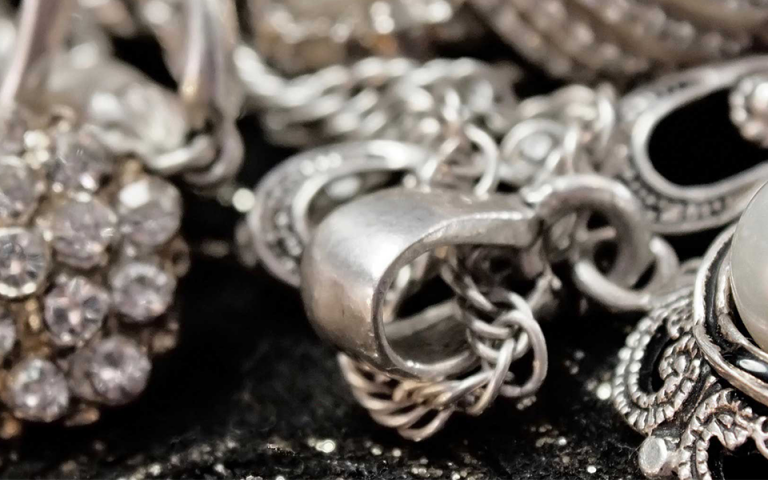
Toys: Most toys do not have to be wrapped in packing paper; just place them in large cartons and seal. Any toys to large for a box Mr. Mover will take as is. Make sure you add them to your inventory list.
Loose Shoes: Dress shoes should be wrapped in paper and placed in a box.
Records: Stand on end and cushion carton well to prevent damage.
Medicines: Tape all caps securely – do not pack with food items.
Artificial Flowers: Wrap generously around the base and pack separately in well-cushioned carton. Mark “fragile” and “this end up”.
Tools: Brooms, rakes, etc. should be bundled tightly together. Hand tools should remain in tool box or wrapped individually and place in well-cushioned carton.
Clothing: Wardrobe cartons are specially designed to provide clean, wrinkle-free movement of clothing. Each wardrobe carton will hold 2 feet of hanging clothes. Let Mr. Mover know the total number of wardrobe cartons you will need. Suitcases and cartons lined with clean paper may also be used.
Drapes/Curtains: Fold lengthwise and secure to padded hanger in clothing wardrobe (same as above), or carefully pack in cartons lined with clean paper.
Televisions: All televisions must be unplugged and additional cords completely removed. Please box your television if possible.
*Mr. Mover does not insure Flat Screen TVs due to the extremely fragile nature of their new lightweight & thin construction. Customers should pack their TV in original packaging, or acquire specialized TV boxes available locally and pack these TVs. We will move TVs without their boxes, but again, do NOT insure them against damage.

- Wash your hands frequently to prevent soiling articles being packed.
- Set up a work area, preferably on a large table.
- Refrain from smoking while packing, for obvious reasons.
- Make sure all cartons and packing materials are dry, clean and of sufficient strength to do the job.
- Pack wisely to avoid shifting of contents en route. Keep weight of packed carton under 50 lbs.
- Don’t pack soaps, polishes or medicines with foods.
- Don’t pack coins, currency, valuable papers or jewelry. Carry them with you.
- Don’t pack matches, inflammables, ammunition, acid, explosives, paint or chemicals.
- Don’t pack irons, kitchenware, or other heavy items in cartons with dishes.
- Don’t leave trays loose in refrigerator or stove.
- Make certain all cartons are properly labeled as to contents and location to be unpacked.
If you follow the suggestions listed, you will not only save money but you can experience a trouble-free move as well
For more tips, visit our Moving Tips page

